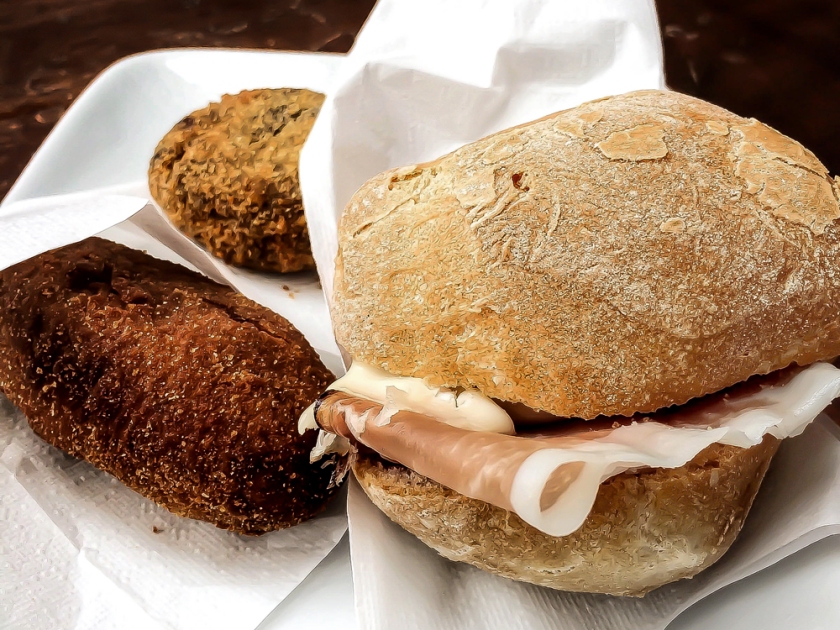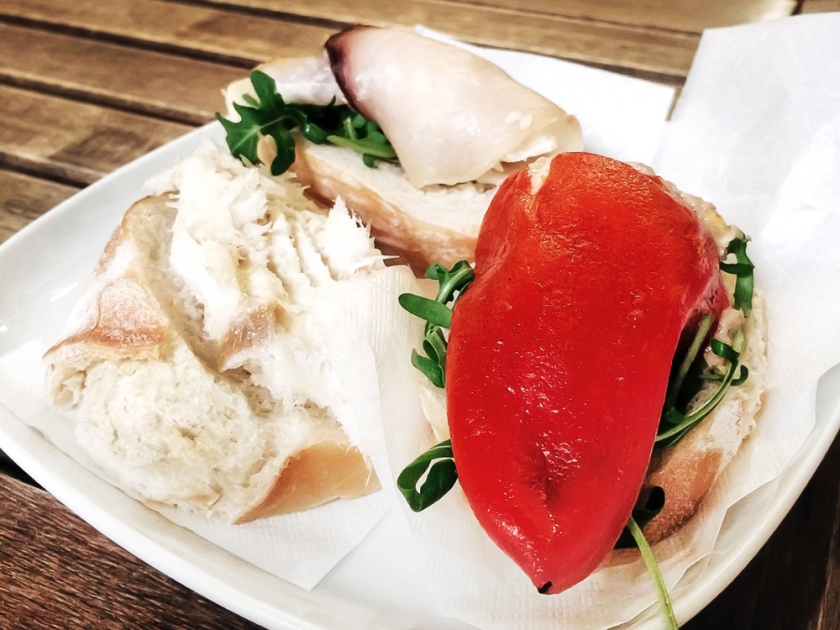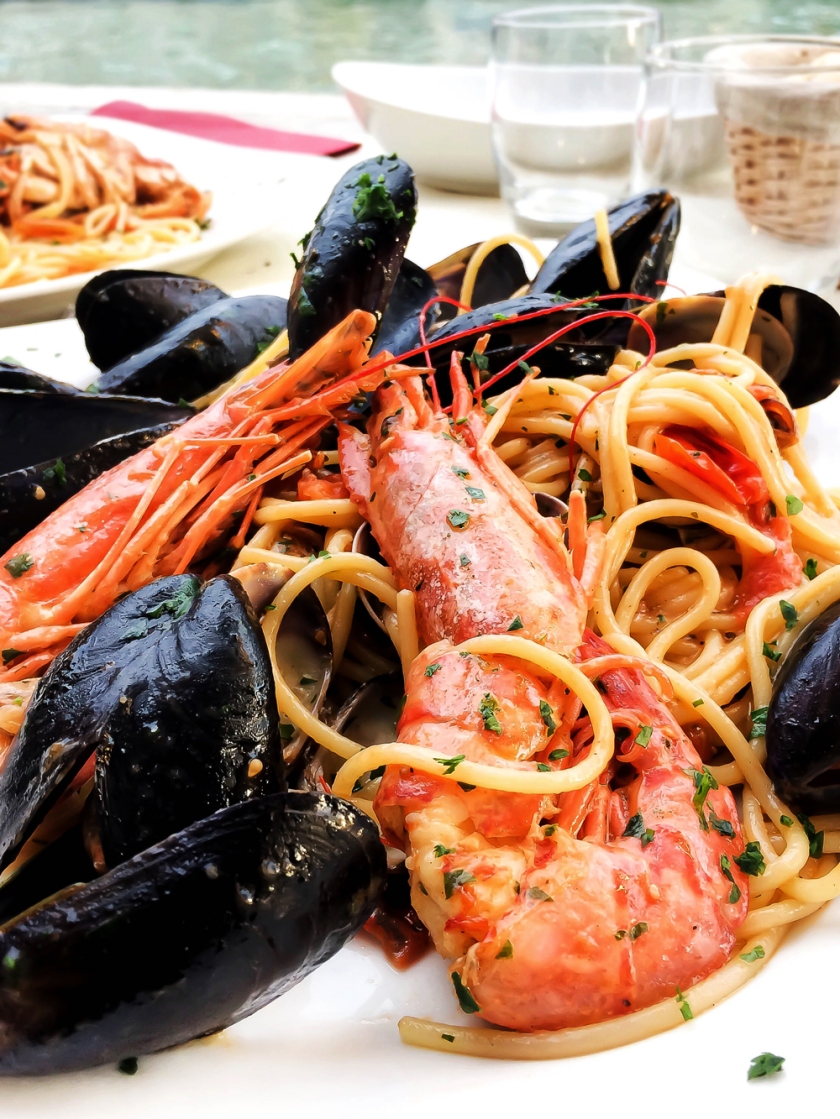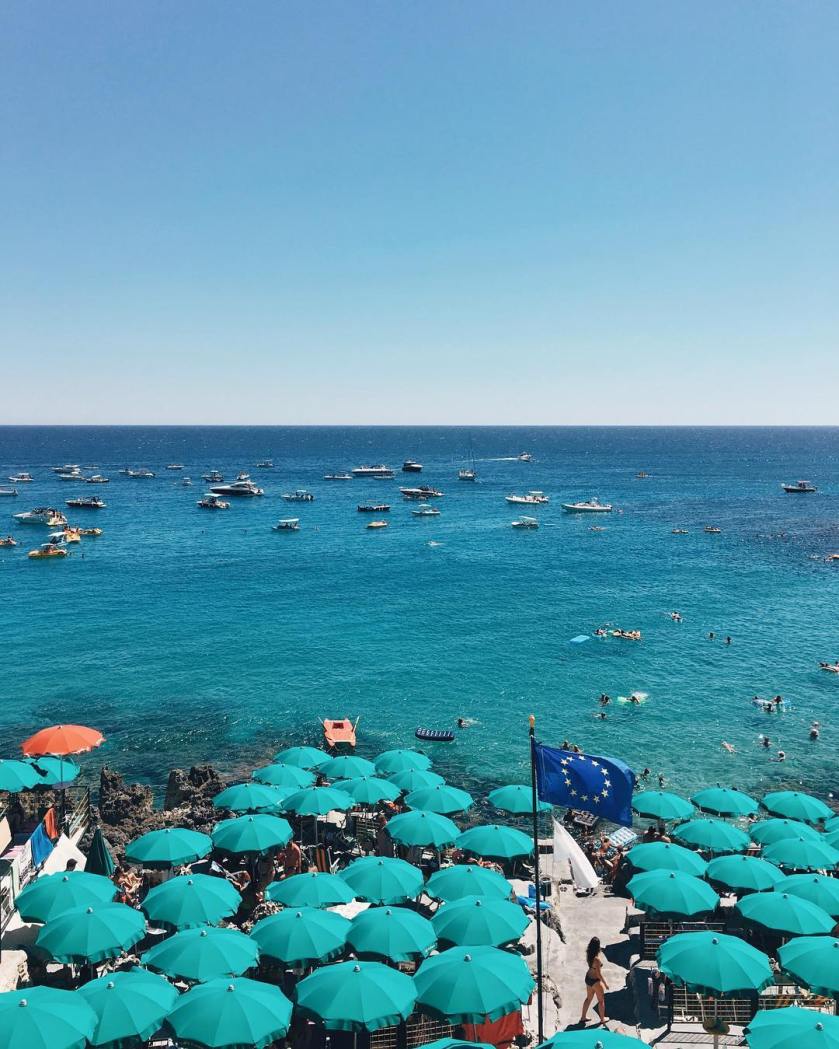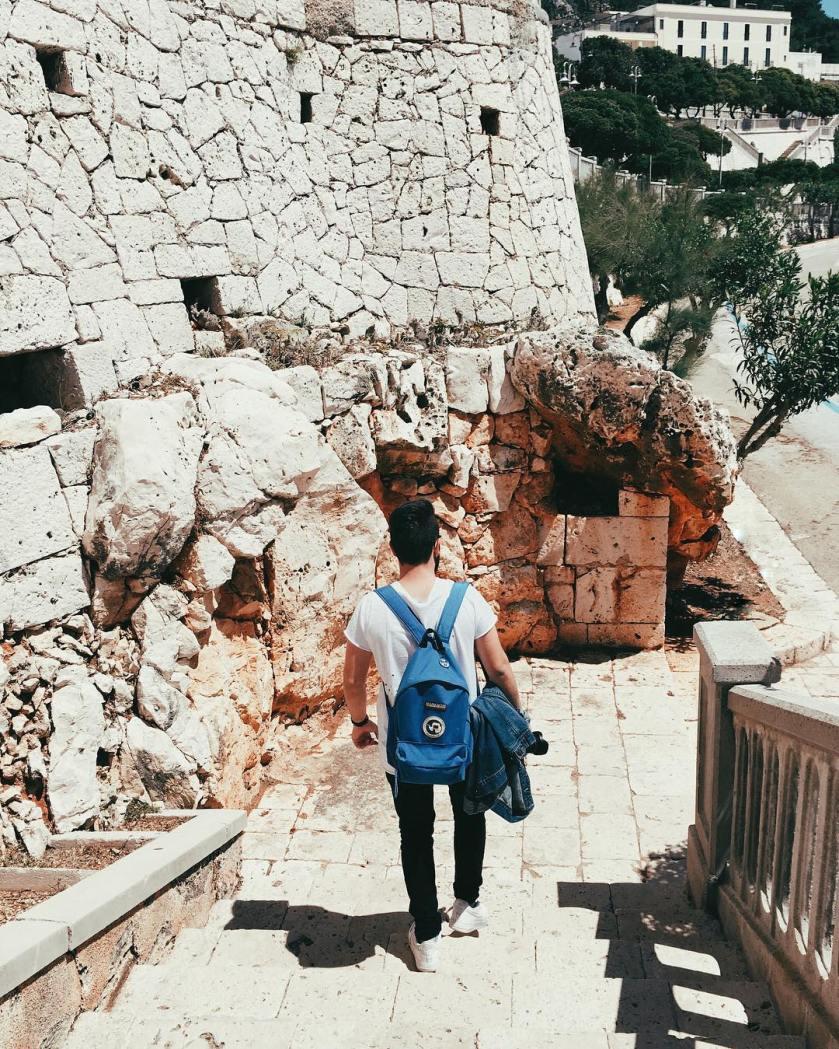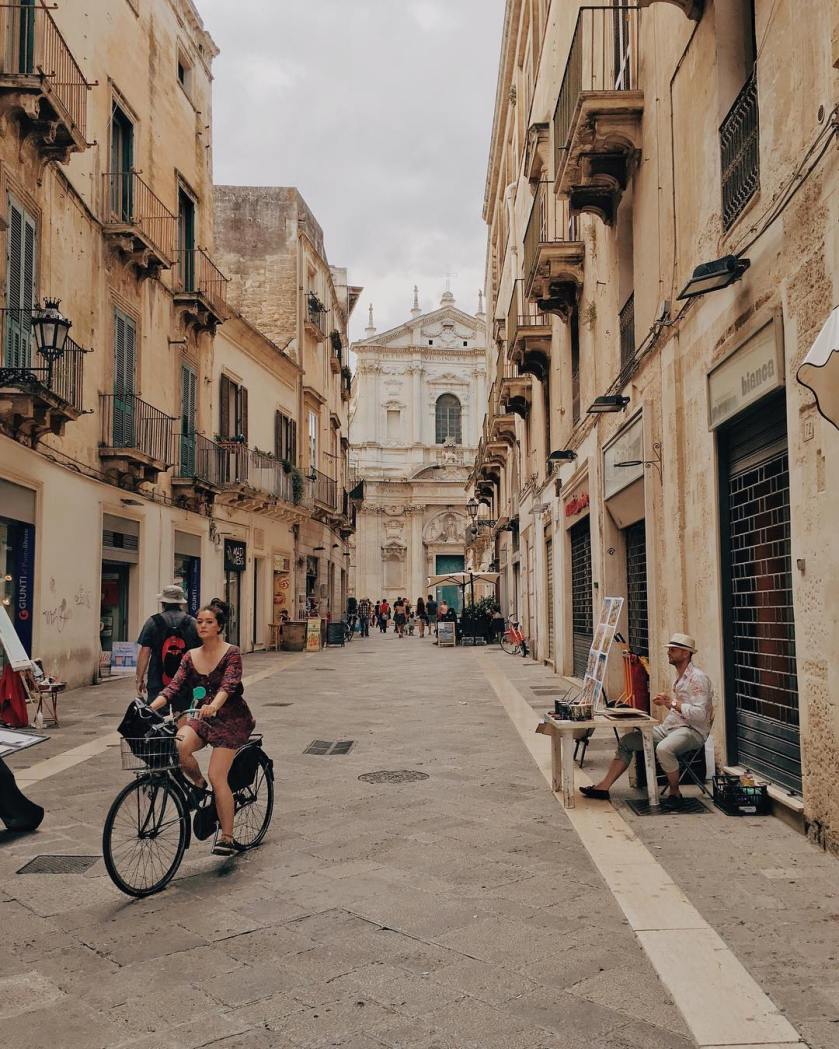Marianna Zuliani is a Milanese girl about town and food blogger. This fashion graduate gets the lowdown of where and what to eat in Italy’s fashion capital. Marianna reveals what a real Italian breakfast is (sorry no eggs here), where to shop for vintage Hermès, and why she thinks Starbucks in Milan will work.

What’s Milanese culture to you?
Milanese culture is many things to me. It’s a city rich in culture from its past and from its present time, a coexistence of different, sometimes opposite things that, when put together, creates something strong and unique.
What do you feel defines Milanese cuisine?
That’s kind of a tricky question, because Milanese cuisine is characterised itself by some typical and famous dishes like saffron risotto, ossobuco and cotoletta alla milanese, but to me the Milanese cuisine is something else.
I think that in Italy, Milan is the most developed city from every point of view, as well in the kitchen. Here, you can find great international cuisine and the best of Italian nouvelle cuisine.
What is the one local dish you feel travellers can’t leave Milan without trying?
I think that travellers should not miss the typical risotto allo zafferano with ossubuco. It’s a risotto made with saffron and sliced veal shank. I’m not a fan of Milanese traditional cuisine but this dish is really good.
Where do you love to eat in the city?
I have a few different places on top of my lists. I like to eat chefs’ cuisines. Among my favourite places there’s Essenza, a beautiful restaurant where you can eat delicious dishes made by the chef Eugenio Boer, and chef Matias Perdomo’s Contraste, where you can eat very good and unique dishes that you’ll never forget. If I want to go for something more simple and traditional, I choose Giacomo Bistrot, a little elegant bistrot that makes Italian dishes, my favourite pizza at Dry, or some angus fillet at El Porteño, an Argentine restaurant. And lots of aperitivos, my favourite is definitely at Pandenus.
What’s a typical Italian breakfast for you?
The typical Italian breakfast is definitely “cornetto e cappuccino” at the bar, that means croissant and cappuccino. Croissants can be with jam, cream or chocolate, and the cappuccino can be also an espresso or a macchiato, it depends on what you prefer, but definitely this is the real Italian breakfast.
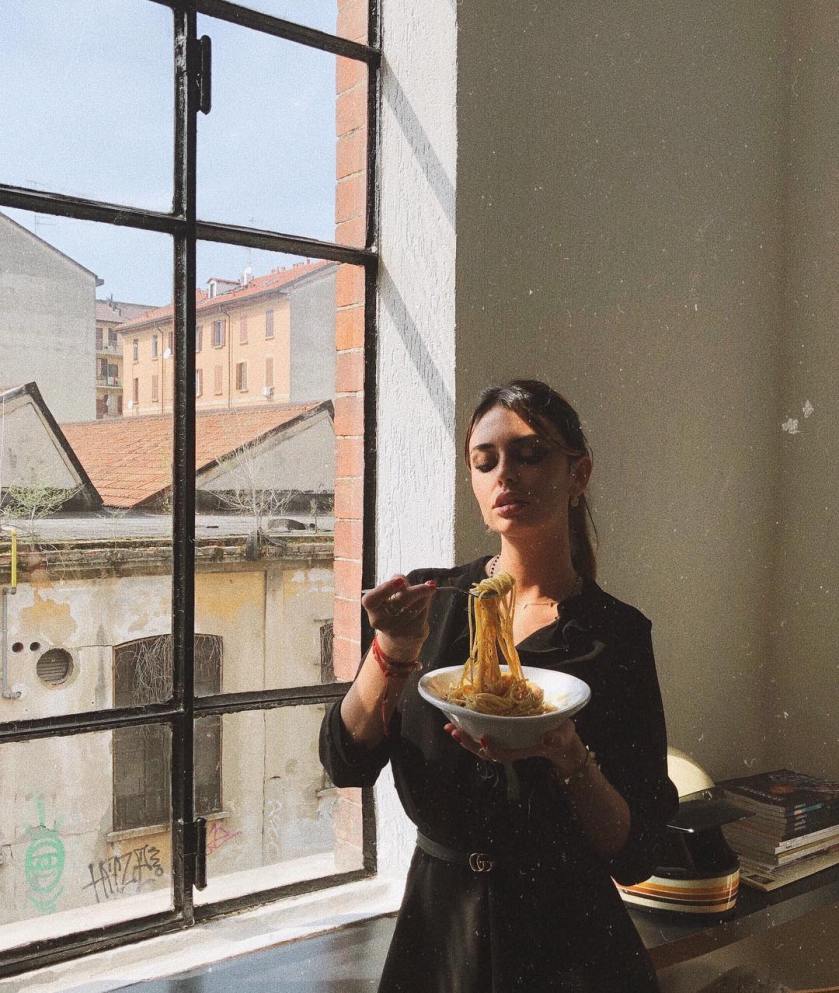
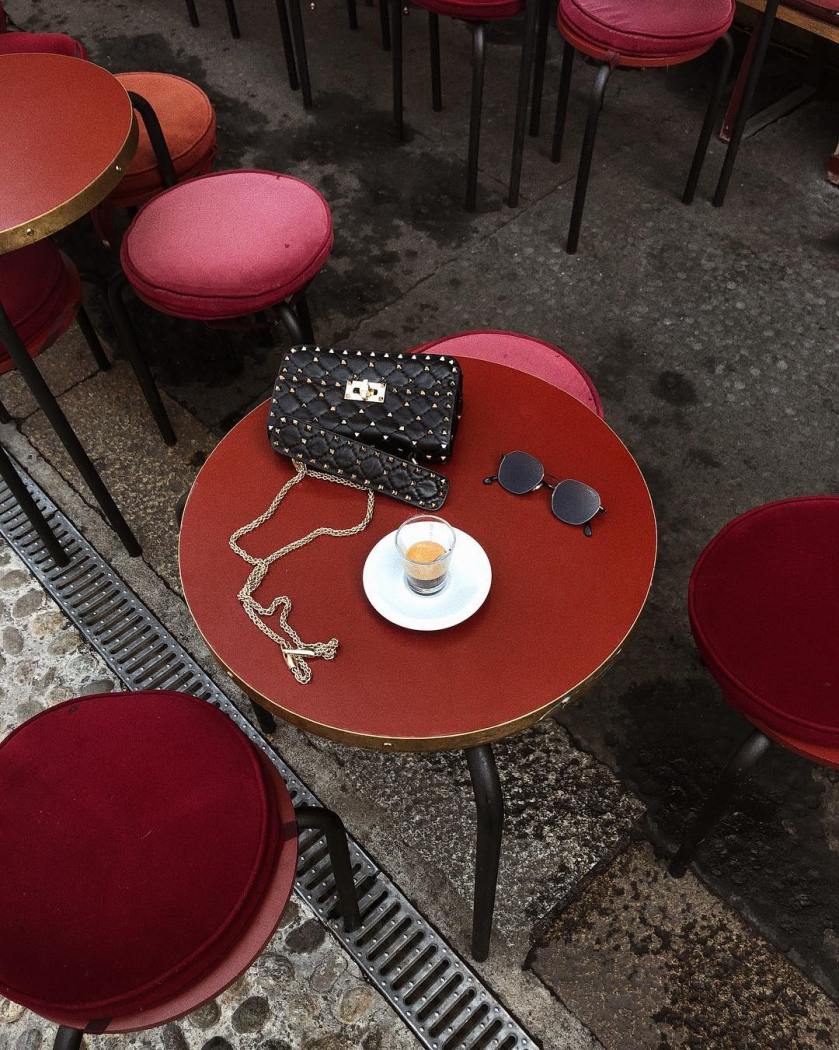
Name one Italian dining etiquette most travellers miss
Of course! Do not cut spaghetti and do not eat them with a spoon. Don’t even think about putting pasta on a slice of bread – I saw someone doing it once and I was really upset! Just eat the dishes as the waitress serves you and you will enjoy it at its best.
What about your favourite shopping places?
There are a few vintage shop where I love to go – Vintage Delirium and Mania Vintage, which carries Louis Vuitton, Chanel and Hermès bags and some very nice jewelry!
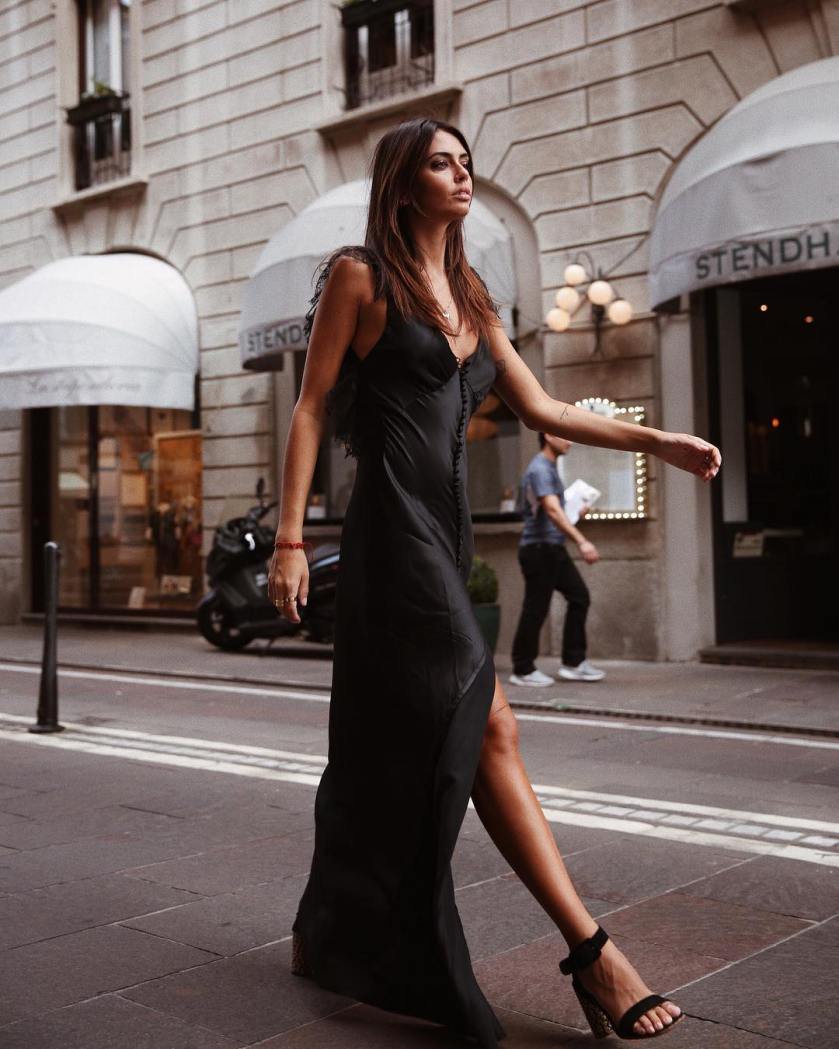
What’s your favourite day trip from Milan?
My favourite day trip from Milan is definitely to Bergamo. It’s a really lovely town close to Milan, more or less 1 hour by car. I love the part of the city called Bergamo Alta, a middle aged village built up on hills. I suggest that you visit it and stop for lunch or dinner at Baretto di San Vigilio, a lovely restaurant accessible from a funicular.
How do you think the new Starbucks opening in Milan will score?
I definitely think that Starbucks will easily survive in Italy. I don’t even know why they took so long to open it here. Primarily, Milan is an international city with lots of tourists and locals that would love to have Starbucks in town. I know – Italians say that our coffee is the best in the world, and that’s okay, but Starbucks sells a different product from our coffees. You go to Starbucks to have a chai latte, or a frappuccino, or a pumpkin spice latte, and so on. All these things that we do not have in our cafès in Italy.
Plus, a lot of cafes here are very ugly, at least to me, and all of them are far away from the concept of a cafè like Starbucks. Let me explain – there is no place here where you can go, order your coffee and sit down to work with a laptop, read a book, or simply take your time, and I think we need that kind of places. I also think that Starbucks will do a better job and serve better coffee than many Italian cafès. For all this reasons, I think that it’s great that Starbucks is opening and that it will definitely survive.
WHERE TO EAT IN MILAN
Where: Via Marghera, 34, 20149 Milano, Italy
For: Risotto
Where: Via Giuseppe Meda, 2, 20136 Milano, Italy
For: Course meals
Where: Via Pasquale Sottocorno, 6, 20129 Milano, Italy
For: Traditional Italian cuisine
Where: Via Solferino, 33, 20124 Milano, Italy
For: Pizzas
Where: Viale Gian Galeazzo, 25, 20136 Milano, Italy
For: Angus fillets
Where: Corso Concordia, 11, 20129 Milano, Italy (and more)
For: Aperitivos
WHERE TO GO IN MILAN
Vintage Delirium
Where: Via Giuseppe Sacchi, 3, Milano, Italy
For: Vintage shopping
Where: Via Fratelli Bronzetti, 11, 20129 Milano, Italy
For: Vintage shopping
